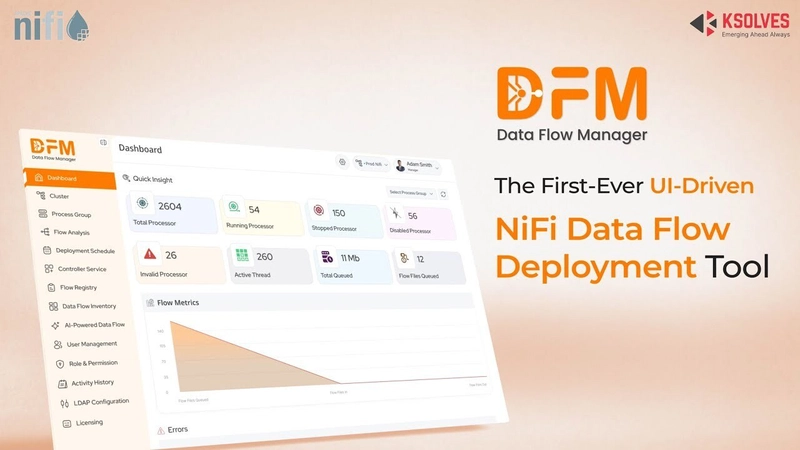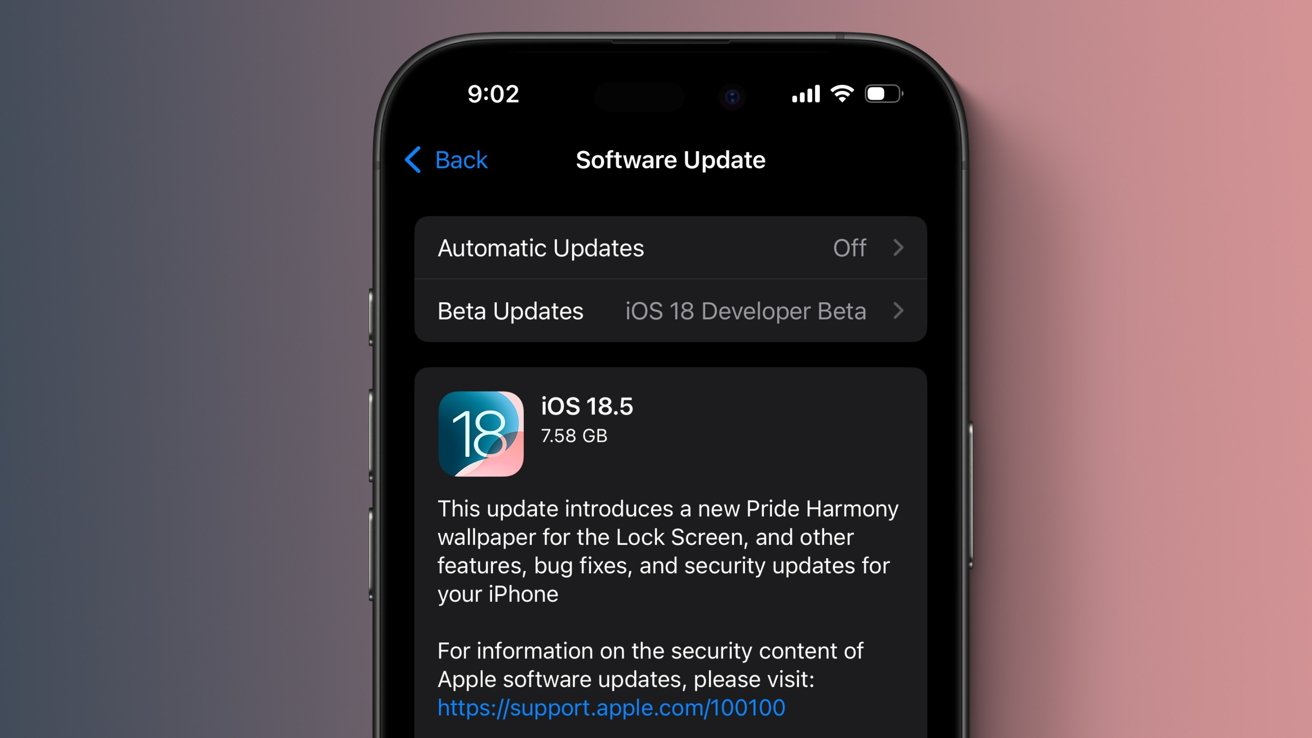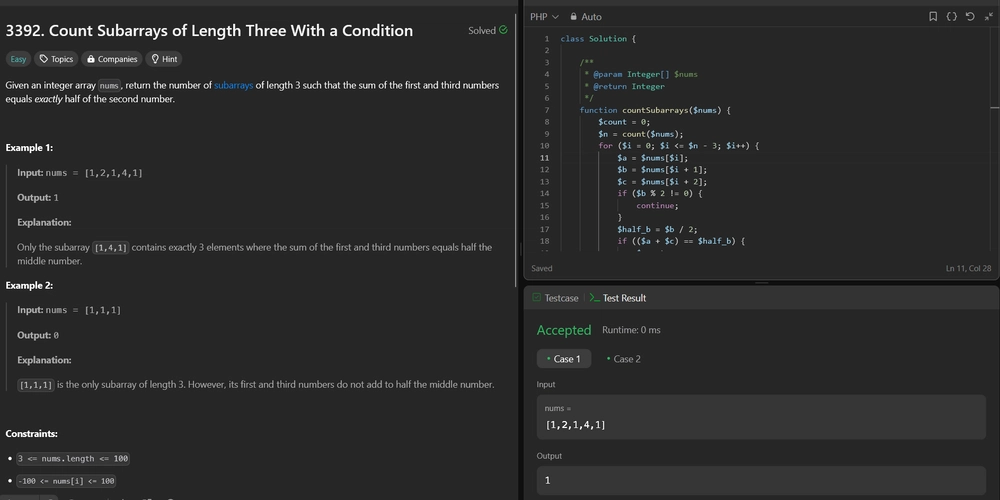How Automated, UI-Driven NiFi Data Flow Deployment Reduces Errors
In today's data-driven world, organizations rely heavily on seamless and accurate data flow across multiple environments—Development, Staging, and Production. Apache NiFi has emerged as a powerful platform for data ingestion, transformation, and delivery. However, managing and deploying NiFi flows manually across environments often leads to configuration mismatches, human errors, and versioning conflicts. This is where Data Flow Manager by Ksolves steps in—a robust UI-driven tool designed to automate the promotion and deployment of NiFi data flows while drastically minimizing manual effort and errors. The Pitfalls of Manual NiFi Data Flow Deployment Before diving into the solution, it’s crucial to understand the limitations of traditional, manual NiFi flow deployment: Human Errors: Copy-paste mistakes, missing components, or incorrect parameter settings are common in manual deployments. Versioning Conflicts: Developers often work on different versions of a data flow, making it difficult to track or reconcile changes. Environment Mismatches: Development, Staging, and Production environments may have different configurations. Manual NiFi data flow deployment makes it easy to overlook such nuances. Lack of Auditability: Manual processes offer little traceability or documentation, which poses challenges during debugging and compliance audits. These challenges not only slow down deployment cycles but also increase the risk of critical business data being mishandled. Enter Data Flow Manager: Automation Meets Reliability Data Flow Manager is a purpose-built solution that automates the deployment and promotion of NiFi data flows across multiple environments with its intuitive UI. By eliminating repetitive and error-prone manual tasks, it brings consistency, speed, and precision to your NiFi data flow management. Let’s explore how it helps reduce errors significantly: 1. One-Click NiFi Data Flow Deployment With a single click, users can deploy NiFi data flows across environments without writing any code. The tool validates flow components, parameters, and configurations before pushing them, ensuring a clean and consistent deployment every time. 2. Environment-Specific Parameterization Data Flow Manager allows you to define and manage environment-specific parameters such as database connections, API endpoints, and credentials. This ensures that each flow behaves exactly as intended in its respective environment—no more “it worked in dev, but broke in prod” scenarios. 3. Built-in Version Control Data Flow Manager maintains a detailed version history of all your NiFi data flows. You can track changes, roll back to a previous version, or compare versions side-by-side. This eliminates the guesswork and errors associated with uncontrolled versioning. 4. No Code Required Not every team member is a developer. With Data Flow Manager, data analysts and administrators can handle deployments without writing Ansible scripts or editing XML or JSON files. The intuitive UI and no-code experience drastically reduce the chances of introducing syntax or logic errors. 5. Validation and Error Handling The system runs pre-deployment validations, checks for missing components, incorrect variables, and flow inconsistencies before initiating deployment. This proactive approach prevents errors from propagating across environments. 6. Audit Logs and Notifications Every action performed using Data Flow Manager is logged. Whether it’s a successful deployment or an aborted promotion due to validation errors, the audit trail helps teams trace issues quickly and ensures accountability. Why Data Flow Manager Stands Out While NiFi offers flexibility, Data Flow Manager brings discipline and efficiency to the process. Its automation-first approach helps organizations: Reduce NiFi data flow deployment errors by up to 90% Shorten release cycles Free up developer time for strategic tasks Ensure consistent flow behavior across environments Final Thoughts As organizations scale their data infrastructure, the complexity of managing NiFi flows also grows. Manual deployments not only slow down progress but also open doors to costly errors. Automating the process with Data Flow Manager is no longer a luxury—it’s a necessity for teams that prioritize accuracy, agility, and operational excellence.


In today's data-driven world, organizations rely heavily on seamless and accurate data flow across multiple environments—Development, Staging, and Production. Apache NiFi has emerged as a powerful platform for data ingestion, transformation, and delivery. However, managing and deploying NiFi flows manually across environments often leads to configuration mismatches, human errors, and versioning conflicts.
This is where Data Flow Manager by Ksolves steps in—a robust UI-driven tool designed to automate the promotion and deployment of NiFi data flows while drastically minimizing manual effort and errors.
The Pitfalls of Manual NiFi Data Flow Deployment
Before diving into the solution, it’s crucial to understand the limitations of traditional, manual NiFi flow deployment:
- Human Errors: Copy-paste mistakes, missing components, or incorrect parameter settings are common in manual deployments.
- Versioning Conflicts: Developers often work on different versions of a data flow, making it difficult to track or reconcile changes.
- Environment Mismatches: Development, Staging, and Production environments may have different configurations. Manual NiFi data flow deployment makes it easy to overlook such nuances.
- Lack of Auditability: Manual processes offer little traceability or documentation, which poses challenges during debugging and compliance audits.
These challenges not only slow down deployment cycles but also increase the risk of critical business data being mishandled.
Enter Data Flow Manager: Automation Meets Reliability
Data Flow Manager is a purpose-built solution that automates the deployment and promotion of NiFi data flows across multiple environments with its intuitive UI. By eliminating repetitive and error-prone manual tasks, it brings consistency, speed, and precision to your NiFi data flow management.
Let’s explore how it helps reduce errors significantly:
1. One-Click NiFi Data Flow Deployment
With a single click, users can deploy NiFi data flows across environments without writing any code. The tool validates flow components, parameters, and configurations before pushing them, ensuring a clean and consistent deployment every time.
2. Environment-Specific Parameterization
Data Flow Manager allows you to define and manage environment-specific parameters such as database connections, API endpoints, and credentials. This ensures that each flow behaves exactly as intended in its respective environment—no more “it worked in dev, but broke in prod” scenarios.
3. Built-in Version Control
Data Flow Manager maintains a detailed version history of all your NiFi data flows. You can track changes, roll back to a previous version, or compare versions side-by-side. This eliminates the guesswork and errors associated with uncontrolled versioning.
4. No Code Required
Not every team member is a developer. With Data Flow Manager, data analysts and administrators can handle deployments without writing Ansible scripts or editing XML or JSON files. The intuitive UI and no-code experience drastically reduce the chances of introducing syntax or logic errors.
5. Validation and Error Handling
The system runs pre-deployment validations, checks for missing components, incorrect variables, and flow inconsistencies before initiating deployment. This proactive approach prevents errors from propagating across environments.
6. Audit Logs and Notifications
Every action performed using Data Flow Manager is logged. Whether it’s a successful deployment or an aborted promotion due to validation errors, the audit trail helps teams trace issues quickly and ensures accountability.
Why Data Flow Manager Stands Out
While NiFi offers flexibility, Data Flow Manager brings discipline and efficiency to the process. Its automation-first approach helps organizations:
- Reduce NiFi data flow deployment errors by up to 90%
- Shorten release cycles
- Free up developer time for strategic tasks
- Ensure consistent flow behavior across environments
Final Thoughts
As organizations scale their data infrastructure, the complexity of managing NiFi flows also grows. Manual deployments not only slow down progress but also open doors to costly errors. Automating the process with Data Flow Manager is no longer a luxury—it’s a necessity for teams that prioritize accuracy, agility, and operational excellence.






































































































































































![[The AI Show Episode 146]: Rise of “AI-First” Companies, AI Job Disruption, GPT-4o Update Gets Rolled Back, How Big Consulting Firms Use AI, and Meta AI App](https://www.marketingaiinstitute.com/hubfs/ep%20146%20cover.png)

















































































































































































.jpg?width=1920&height=1920&fit=bounds&quality=70&format=jpg&auto=webp#)




















































































_Brian_Jackson_Alamy.jpg?width=1280&auto=webp&quality=80&disable=upscale#)

_Steven_Jones_Alamy.jpg?width=1280&auto=webp&quality=80&disable=upscale#)


 Stolen 884,000 Credit Card Details on 13 Million Clicks from Users Worldwide.webp?#)





























































































![Look at this Chrome Dino figure and its adorable tiny boombox [Gallery]](https://i0.wp.com/9to5google.com/wp-content/uploads/sites/4/2025/05/chrome-dino-youtube-boombox-1.jpg?resize=1200%2C628&quality=82&strip=all&ssl=1)











![Apple Seeds visionOS 2.5 RC to Developers [Download]](https://www.iclarified.com/images/news/97240/97240/97240-640.jpg)
![Apple Seeds tvOS 18.5 RC to Developers [Download]](https://www.iclarified.com/images/news/97243/97243/97243-640.jpg)

![Apple Releases macOS Sequoia 15.5 RC to Developers [Download]](https://www.iclarified.com/images/news/97245/97245/97245-640.jpg)




































































































